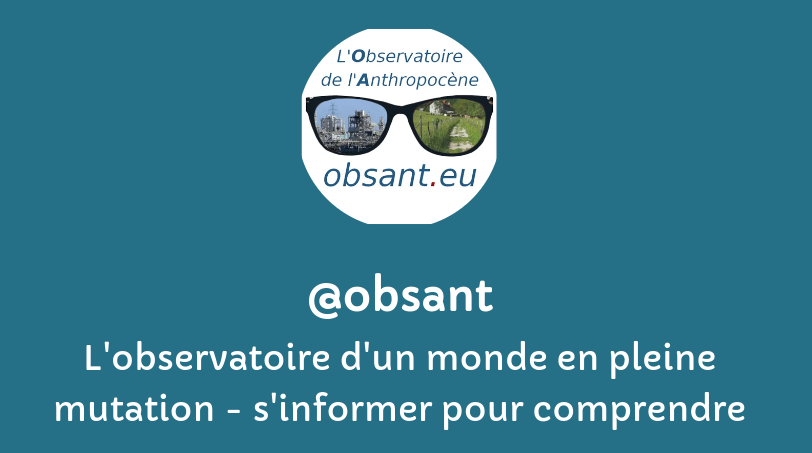Pour voir les références d’un(e) auteur(e), cliquez sur son nom. Pour revenir à la page, utilisez le bouton refresh ci-dessous.
Cela fonctionne également avec les mot-clés de chaque référence.
filtre:
ScienceDirect
The fate, effects, and treatment of per- and polyfluoroalkyl substances (PFAS), an anthropogenic class of chemicals used in industrial and commercial production, are topics of great interest in recent research and news cycles. This interest stems from the ubiquity of PFAS in the global environment as well as their significant toxicological effects in humans and wildlife. Research on toxicity, sequestration, removal, and degradation of PFAS has grown rapidly, leading to a flood of valuable knowledge that can get swamped out in the perpetual rise in the number of publications. Selected papers from the Journal of Hazardous Materials between January 2018 and May 2022 on the toxicity, sequestration, and degradation of PFAS are reviewed in this article and made available as open-access publications for one year, in order to facilitate the distribution of critical knowledge surrounding PFAS. This review discusses routes of toxicity as observed in mammalian and cellular models, and the observed human health effects i
A novel methodology is developed to dynamically assess the energy and material investments required over time to achieve the transition from fossil fuels to renewable energy sources in the electricity sector. The obtained results indicate that a fast transition achieving a 100% renewable electric system globally by 2060 consistent with the Green Growth narrative could decrease the EROI of the energy system from current ~12:1 to ~3:1 by the mid-century, stabilizing thereafter at ~5:1. These EROI levels are well below the thresholds identified in the literature required to sustain industrial complex societies. Moreover, this transition could drive a substantial re-materialization of the economy, exacerbating risk availability in the future for some minerals. Hence, the results obtained put into question the consistence and viability of the Green Growth narrative.
There is a growing body of evidence for serious health consequences of exposure to ambient air pollution. The general question of who is susceptible is one of the most important gaps in current knowledge regarding particulate matter (PM)-related health effects. Who is susceptible depends on the specific health endpoint being evaluated and the level and length of exposure. Here, we restrict the review on the impact of fine particle exposure on children's health to the following outcomes: infant death, lung function, respiratory symptoms and reproductive outcomes.
Human activity is putting the Earth on a trajectory towards environmental collapse. The SDGs were adopted in2015 to reconcile human activity with planetary boundaries. So far, the SDGs have not lived up to their promise in European Union member states. Most EU countries have seen socioeconomic development alongside environmental degradation. Progress towards environmental sustainability only occurs in countries with slow or negative socioeconomic trends.
Climate change affects the Arctic and sub-Arctic regions by exposing previously frozen permafrost to thaw, unlocking soil nutrients, changing hydrological processes, and boosting plant growth. As a result, sub-Arctic tundra is subject to a shrub expansion, called “shrubification”, at the expense of sedge species. Depending on the intrinsic foliar properties of these plant species, changes in foliar mineral element fluxes with shrubification in the context of permafrost degradation may influence topsoil mineral element composition. Despite the potential implications of changes in topsoil mineral element concentrations for the fate of organic carbon, this remains poorly quantified. Here, we investigate vegetation foliar and topsoil mineral element composition (Si, K, Ca, P, Mn, Zn, Cu, Mo, V) across a natural gradient of permafrost degradation at a typical sub-Arctic tundra at Eight Mile Lake (Alaska, USA). Results show that foliar mineral element concentrations are higher (up to 9 times; Si, K, Mo for all spec
An extreme technologically adapted future has not been defined in the literature. Such a future could be argued to be morally justifiable.However, a highly technologically mediated relationship with the biosphere introduces unique risks. These are likely to endanger humanity and future Earth-originating life-forms as well as creating moral hazard. An extreme technologically adapted future is therefore undesirable compared to restabilising the biosphere.
Meeting human needs at sustainable levels of energy use is fundamental for avoiding catastrophic climate change and securing the well-being of all people. In the current political-economic regime, no country does so. Here, we assess which socio-economic conditions might enable societies to satisfy human needs at low energy use, to reconcile human well-being with climate mitigation.
![]()


